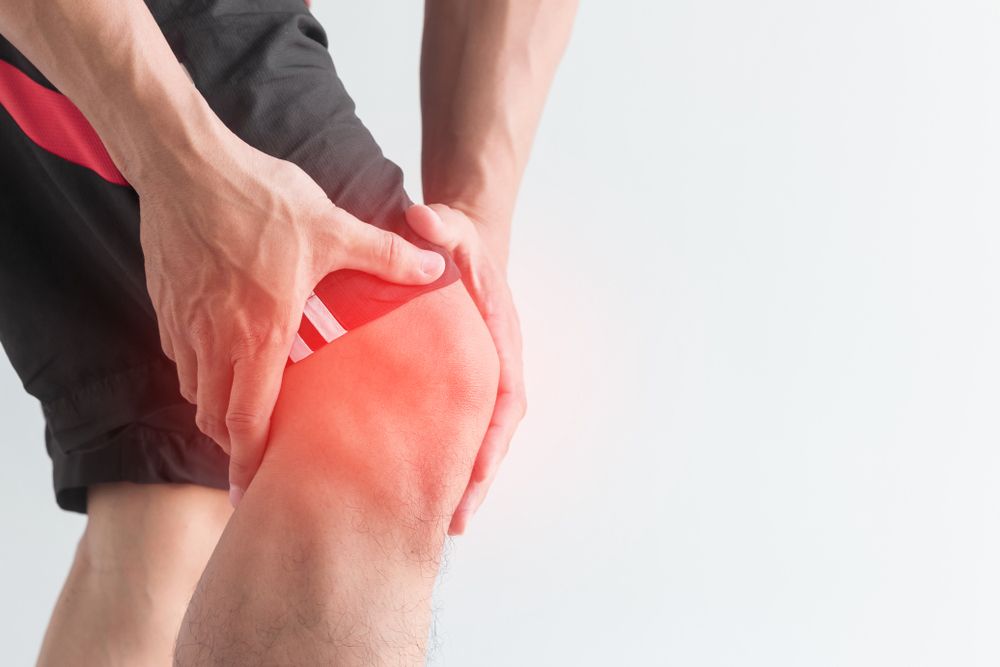Not all knee pain is created equal.
We are constantly seeing stories in the news about professional athletes with knees problems. Most of the time the footballer has slid, tackled and ruptured their ACL (anterior cruciate ligament) or the tennis player has torn their meniscus. So it's no wonder many of the patients I see in the clinic believe these are the reasons behind their knee pain. However, ruptured cruciate ligaments and torn menisci are fairly rare in the general population. Knee pain is not.
The knee joint is a complicated, yet very stable joint and works as a function of both the spine/hips and the foot/ankle. Osteopaths will always examine the entire "chain," to see whether your knee pain is resulting from the top down (as a function of the low back/hips) or from the bottom up (as a function of the foot/ankle).
Most commonly, patients come to my clinic with knee pain that's a result of compressive forces across the joint (yup, that's physics speak!). Both the quadriceps muslces (front of the thigh) and the hamstring muscles (back of the thigh) attach below the knee, so when they are tight (which they almost always are) they exert a compressive force across the knee joint. This tightness decreases the space in the knee joint, which means the structures around the joint can rub and pinch more easily. If these muscles around the thigh and knee are out of balance, they will pull more on one side of the knee bringing the joint out of alignment.
The patella - your kneecap - sits within the tendon of your quadriceps and glides back and forth across the knee joint as the quads contract. It's like a train on a traintrack and often gets 'derailed.' If any of the muscles around the knee (quads/hamstrings/IT band) are pulling the knee out of alignment, then the patella gets pulled off its track and can cause pain. This is called Patellar Maltracking.
It is also common to strain the ligaments around the knee, without fully rupturing them. This can happen if you over extend your knee or make a sideways movement with a planted foot. Often there will be some swelling in a sprained ligament, just like if you were to sprain your ankle.
Although there are many different causes of knee pain, I have outlined only a few - which are the most common I see on a daily basis. Knees respond very well to osteopathic treatment, relieving pressure, tension and tightness whilst also working up and down the chain - from the foot up to the spine - to ensure the movement and forces going through the spine are evenly distributed.
Just remember, osteopathy is NOT JUST BACKS, so next time your knee is niggling, perhaps call your osteopath to see if they can help.






